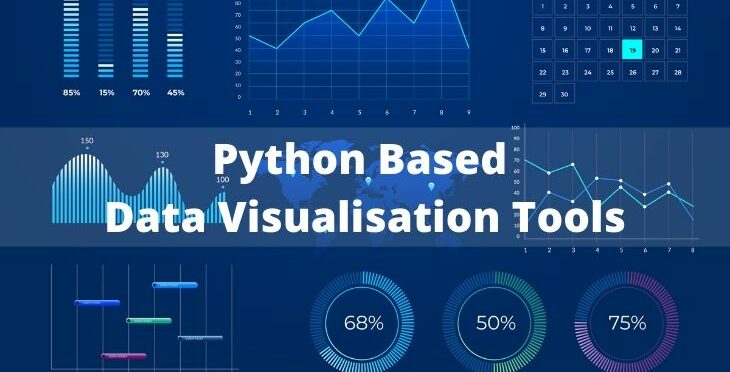Pulse of Information
Your source for the latest insights and updates.
Dazzle Your Data: Visualize Like a Pro
Transform your data into stunning visuals! Unlock pro tips and tricks to dazzle your audience and elevate your presentations today!
Top 5 Data Visualization Tools to Elevate Your Insights
Data visualization is a crucial aspect of modern analytics, transforming complex data sets into intuitive and actionable insights. Among the myriad of tools available, data visualization tools like Tableau, Power BI, and Google Data Studio stand out for their ability to simplify the way we interpret data. These tools empower users to create interactive and visually appealing dashboards that allow for real-time data exploration. By incorporating data visualization tools into your workflow, you can elevate your insights and make informed decisions faster than ever.
Here are the Top 5 Data Visualization Tools that can enhance your analysis:
- Tableau - Known for its versatility and user-friendly interface.
- Power BI - A Microsoft product that seamlessly integrates with other Microsoft services.
- Google Data Studio - A free tool that allows for easy sharing and collaboration.
- QlikView - Offers a unique associative data model for in-depth analysis.
- D3.js - A JavaScript library for creating complex and customizable visualizations.
By leveraging these powerful tools, data professionals can create compelling visual narratives that communicate findings effectively and engage stakeholders.

How to Choose the Right Chart for Your Data: A Beginner's Guide
Choosing the right chart for your data is crucial for effectively communicating your message. A well-designed chart can highlight trends, patterns, and relationships that might otherwise go unnoticed. Start by assessing what type of data you have: is it categorical, sequential, or quantitative? For instance, if you're working with categorical data, a bar chart or pie chart might be the best fit, while line charts are ideal for displaying trends over time. Understanding your data's nature is the first step in making informed decisions about your chart selection.
Once you have a grasp on your data, consider your audience and the story you want to tell. Utilize simple visualizations to avoid overwhelming viewers with information. For comparing multiple sets of data, a clustered bar chart can be very effective. Alternatively, if you're showcasing the distribution of data points, a scatter plot might be appropriate. Remember, the goal is to enhance understanding; therefore, always prioritize clarity and relevance when selecting your chart type.
The Importance of Color in Data Visualization: Tips for Effective Design
Color plays a crucial role in data visualization, as it not only enhances the aesthetic appeal but also improves the comprehension of complex data sets. Effective use of color can help guide the viewer's attention, highlight important information, and facilitate data comparison. When designing visualizations, it's important to consider factors such as color psychology, contrast, and colorblind accessibility to ensure that your audience can easily interpret the data being presented.
To achieve effective design in data visualization, follow these tips:
- Choose a limited color palette: Too many colors can overwhelm viewers and obscure key insights.
- Utilize color meaning: Leverage commonly understood color associations (e.g., red for negative, green for positive) to convey messages clearly.
- Ensure adequate contrast: Make sure that text and important data points stand out against the background for easy readability.
- Test for accessibility: Use tools to check your design against different forms of color blindness, ensuring that all viewers can engage with your data.